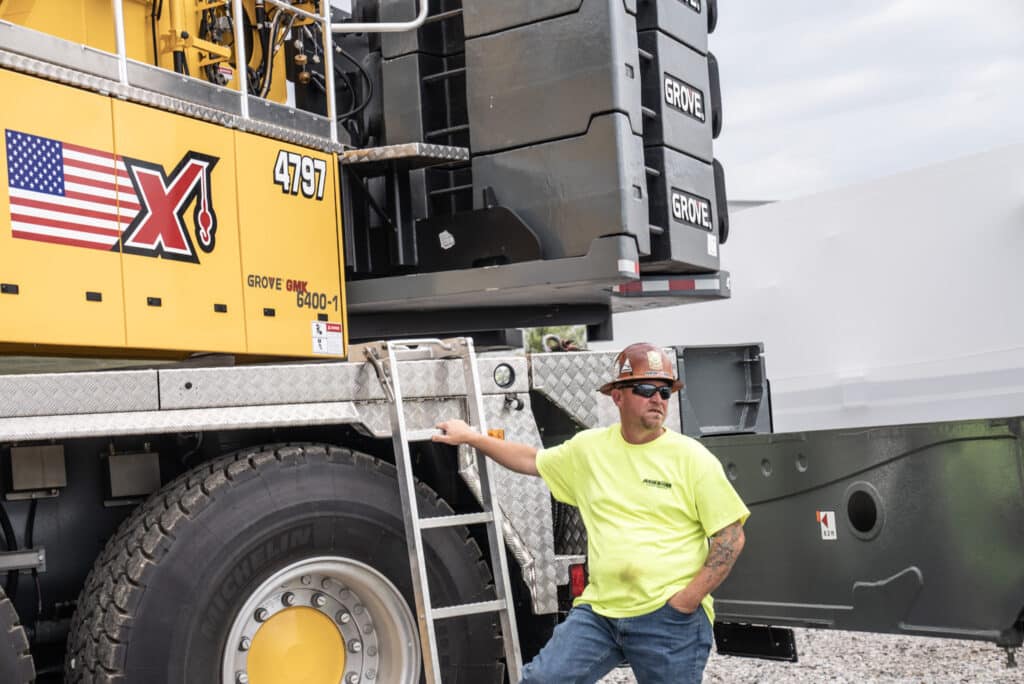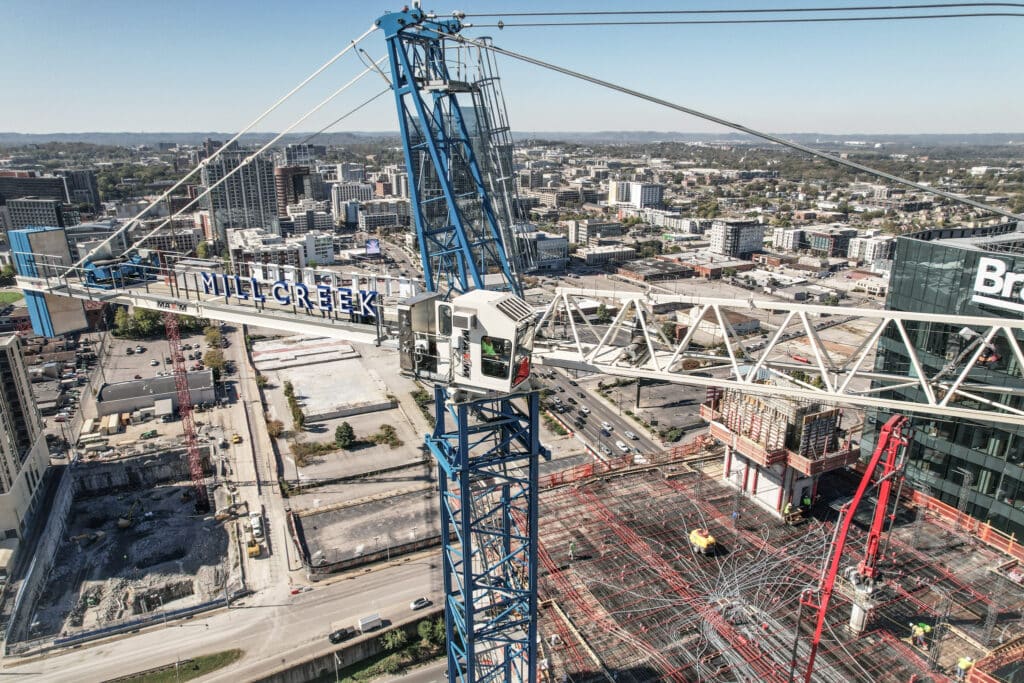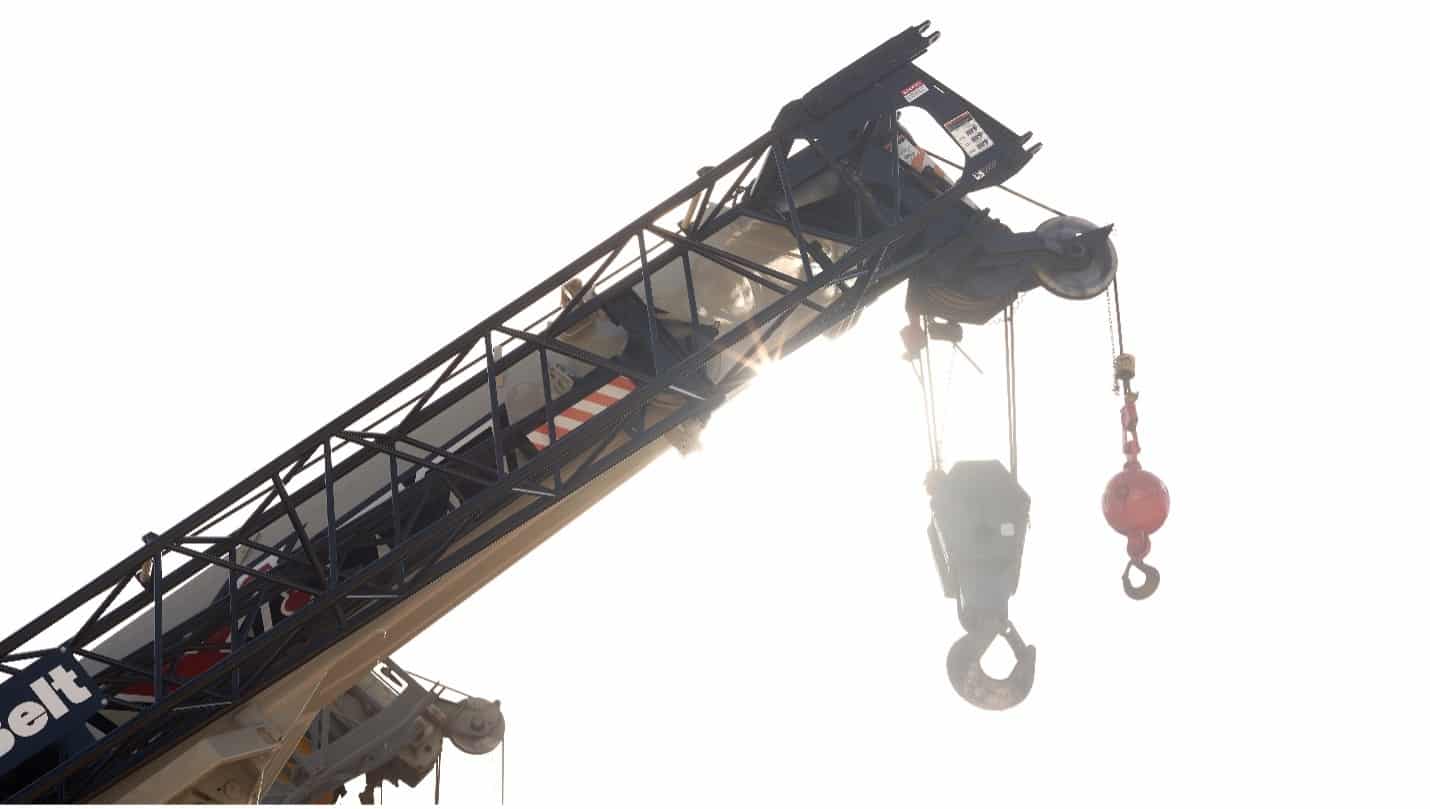Crane lifting capacity is a critical factor in the success of construction and industrial projects, whether erecting skyscrapers or completing infrastructure. By understanding the specific weight and reach a crane can handle, project teams can plan effectively and select suitable equipment. This article breaks down the fundamentals of crane lifting capacity, underscores key considerations, and explains how partnering with an experienced provider such as Maxim Crane can simplify heavy lifting solutions.
Understanding the Basics of Crane Lifting Capacity
Crane lifting capacity refers to the amount of weight a crane can lift and move. Cranes are designed for specific tasks, and their capacities are based on the weight of the loads they are rated to lift, which can vary from a few hundred to several thousand tons. The amount of weight a crane can lift depends on several factors, including:
- Crane configuration: The type and size of the crane, such as crawler, tower, or boom truck, affect its lifting capacity.
- Boom length and angle: The higher the boom is raised, the lower the crane’s capacity. Conversely, a shorter boom will have a higher lifting capacity.
- Counterweight: The additional weight added to the crane to balance the load being lifted also affects its capacity.
- Radius: The distance between the center of the crane and the center of the load, also known as the reach, impacts lifting capacity.
- Lift cycle: The number and frequency of lifts in a given time period can affect the crane’s overall performance.
These factors work together to determine a crane’s total capacity, and it is essential to understand the specific capabilities of a crane to ensure safe and efficient operations.
Key Factors to Consider When Determining Lifting Needs
Project needs vary, which means that the best crane for one job may not be ideal for another. Crane weight and lift capacity are only two factors to consider; other variables include:
- Job site accessibility: An urban location may require a crane with a smaller footprint, while a remote region may require all-terrain equipment.
- Load dimensions and distribution: Oversized or elongated loads may need specialized attachments or a combination of cranes to balance weight.
- Load handling requirements: Some tasks may demand precision, others speed or multiple lifts in a short time.
- Safety considerations: Certain jobs may require meeting specific safety standards or needing specialized rigging and lifting plans.
- Environmental factors: Wind, snow, and seismic activity all influence crane performance and placement.
By considering these factors, you can refine crane options to match job requirements. This may involve a single crane or several working in tandem.
Evaluating Your Specific Project Requirements
Understanding project requirements is vital to selecting the right crane. Consider the types of loads you will be lifting, their dimensions, and how frequently lifts will occur. Next, consider access to the job site and the terrain. This may impact the type of crane required, such as a rough terrain crane for challenging terrain or an all-terrain crane for more versatility.
Also, consider the size of the project and whether multiple cranes may be needed. For example, if you are lifting large, heavy objects, you may need a larger crane with a higher lifting capacity. Alternatively, if you are working on a smaller scale project, a smaller crane may be suitable.
By evaluating these factors, you can refine your crane selection to meet your specific project needs.
Leveraging Technology in Crane Capacity Planning
Modern construction projects benefit from digital tools that simulate different lifting scenarios. These solutions measure how load placement influences capacity, integrating real-time and historical data for more accurate lift planning. This approach helps reduce trial-and-error for large capital ventures and complex infrastructure builds. By testing crane types—like crawler cranes or boom trucks—teams can forecast performance under specific constraints and refine project workflows.
Early integration of software simulations helps synchronize multiple project phases, especially where several cranes or lift sequences are involved. Real-time data fosters agile workflows, supporting timely resource allocation and material handling, and promoting greater clarity on how crane capacity adapts to varying requirements.
Advanced Considerations in Evaluating Crane Performance
Advanced assessments involve analyzing factors like the dynamic behavior of loads, where weight distributions can shift during movement. Referencing weight distribution fundamentals refines configuration decisions. Reviewing project blueprints and site conditions is especially crucial for intricate or oversized components. Detailed modeling can highlight lifts needing specialized cranes or attachments, minimizing inefficiencies and optimizing resource use.
Coordinating adjustments from the outset allows project managers to adapt seamlessly to evolving conditions, helping to keep each lift consistent with broader objectives. For complex, multi-stage projects, advanced planning around capacity supports smooth transitions and improved performance outcomes.
The Role of Professional Expertise in Crane Selection
Selecting the optimal crane requires more than load chart comparisons—it calls for experienced insight into logistical challenges. Qualified professionals assess on-site conditions, load configurations, and timelines to recommend tailored solutions. By integrating their expertise, project teams gain a more comprehensive understanding of tasks and how different cranes can be adapted to meet specific needs.
Expert input also proves invaluable when multiple crane options seem viable. Industry veterans reduce guesswork by matching crane specifications to project demands. This collaboration promotes scalability, enabling adaptations to project changes without derailing milestones. In addition, professional guidance smooths coordination between construction teams and logistics managers, fostering a well-organized plan that maximizes crane lifting capacity.

How Maxim Crane Simplifies Crane Rental
Maxim Crane offers heavy lifting support with a diverse fleet spanning more than 50 locations nationwide. Their in-depth project assessments consider load dimensions, lifting radius, and site conditions, aligning the machinery offered with specific tasks. This approach promotes timely project progress and supports the safe execution of critical lifts.
Beyond equipment, Maxim Crane provides advanced engineering insights to develop custom lift plans, streamlining overall workflows. By continuously updating their fleet with modern machinery, they accommodate evolving construction challenges. Their integrated services—from engineering recommendations to operated and maintained rentals—help project managers secure a cohesive solution without juggling multiple vendors.
Incorporating Best Practices in Project Planning
Maximizing crane lifting capacity requires well-planned operations, leveraging efficient workflows. Other best practices to consider include:
- Scheduling: Coordinating crane availability with material handling and transport plans helps maintain a steady workflow. By booking in advance, you can secure the right equipment and crane operators, minimizing delays.
- Communication: Sharing project plans with all stakeholders encourages feedback and input, fostering a more robust crane selection process.
- Risk management: Thoroughly assessing project risks, including weather, terrain, and safety, can help reduce the chance of injury or equipment damage.
- Fleet management: Consistent maintenance and repair programs can help extend equipment life and promote safe crane operations.
- Safety protocols: Establishing safety protocols and training programs for crane operators and other personnel helps maintain a safe working environment.
Optimizing Crane Configurations for Varied Project Needs
Incorporating flexibility into crane configurations allows for more efficient workflows and minimizes the risk of downtime. Some crane models can be modified with attachments, such as jibs or booms, while others can accommodate specialized rigging.
One example of this versatility is a crawler crane, which can be converted from a crane to a pile driver by changing attachments. Other cranes can be used as material handlers by attaching a clamshell or magnet. These adaptations help optimize crane usage, eliminating the need for additional equipment, and supporting faster project completion.
Integrating Crane Lifting Capacity Across Multiple Project Phases
Incorporating crane lifting capacity into project plans helps project managers make informed decisions. In addition, integrating crane capacity into your project plan fosters smooth progress across multiple phases. By collaborating with crane experts, project managers can ensure that specific crane types are ready for specific tasks and that their performance will support overall project objectives.
By aligning crane capacities with project timelines, teams can schedule crane activities to minimize conflicts with other construction tasks. This coordination helps reduce delays and supports timely project completion.

Finalizing Your Crane Project Plan: Conclusion and Next Steps
Crane lifting capacity is vital for selecting the right equipment and coordinating project workflows. By assessing load specifics, site layout, and technical requirements, you can align crane capabilities to meet your objectives. Proper crane selection often streamlines operations and project completion.
Ready to shape your heavy lifting solutions? Partner with Maxim Crane for industry knowledge and a fleet tailored to your needs. Contact their team to begin a detailed project assessment and move forward with confidence.



